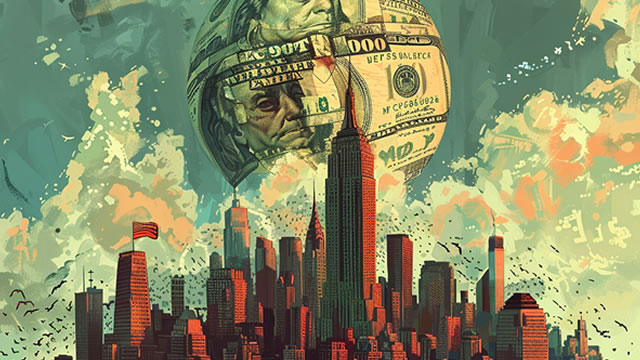The Great Tariff Tango: Trump’s “Pause” and the Dance with China
In a recent turn of events, the White House announced that the ongoing tariff war between the United States and various trading partners, most notably China, would see a brief respite. According to the press release, the “pause” in question means that the “tariff level will be brought down to a universal 10% tariff” during this period, while “negotiations are ongoing.” But, as with any good dance, there are some intricate steps and caveats to this move.
A Tariff Twist: What Does It Mean for Us?
First, let’s focus on how this tariff “pause” might affect us, dear readers. During this 90-day period, goods imported from countries like Japan, South Korea, and Europe will see a reduction in tariffs, bringing some relief to consumers and businesses alike. However, this isn’t all sunshine and rainbows.
- Price Fluctuations: While some consumers might see a decrease in prices for certain imported goods, others could see an increase due to the uncertainty and instability brought about by the ongoing trade negotiations.
- Business Impacts: Companies that rely heavily on imported goods, particularly small and medium-sized enterprises (SMEs), could face challenges in adjusting to the changing tariff landscape. This might lead to supply chain disruptions and increased costs.
- Global Economic Ripples: The tariff “pause” could also have broader economic implications, as global trade flows adjust to the new reality. It’s important to note that even a temporary reduction in tariffs doesn’t necessarily mean a return to pre-tariff levels.
The China Conundrum: A 125% Tariff Rise
Now, let’s discuss the elephant in the room: China. In contrast to the tariff reduction for other trading partners, the United States has announced that tariffs on Chinese goods will rise to a staggering 125%.
This decision is a significant escalation in the trade war between the two economic powerhouses. The increased tariffs could lead to:
- Higher Prices: Consumers in the United States could see a significant increase in prices for a wide range of goods, from electronics to textiles.
- Trade Disruptions: Companies that rely on Chinese imports could face significant challenges in sourcing alternative suppliers or negotiating new deals.
- Economic Instability: The trade war could lead to a broader economic instability, as both countries grapple with the consequences of the escalating tariffs.
A Dance of Uncertainty: The Future of Tariffs
As we move forward, it’s important to remember that the tariff situation remains uncertain. The 90-day “pause” is just one step in a complex dance between various global economic powers. Only time will tell how this tariff tango will unfold and what the long-term implications will be for consumers, businesses, and the world at large.
So, there you have it, folks! A lighthearted yet informative look at the latest developments in the world of tariffs. Stay tuned for more updates, and remember: life is like a box of chocolates – you never know what you’re going to get!
Conclusion
In summary, the White House’s recent announcement of a 90-day tariff “pause” means that, during this period, tariffs on goods imported from countries like Japan, South Korea, and Europe will be reduced to 10%. However, tariffs on Chinese goods will rise to 125%. This decision could lead to price fluctuations, business impacts, and economic instability for both consumers and companies. The future of tariffs remains uncertain, and we’ll be sure to keep you updated as the situation unfolds!




